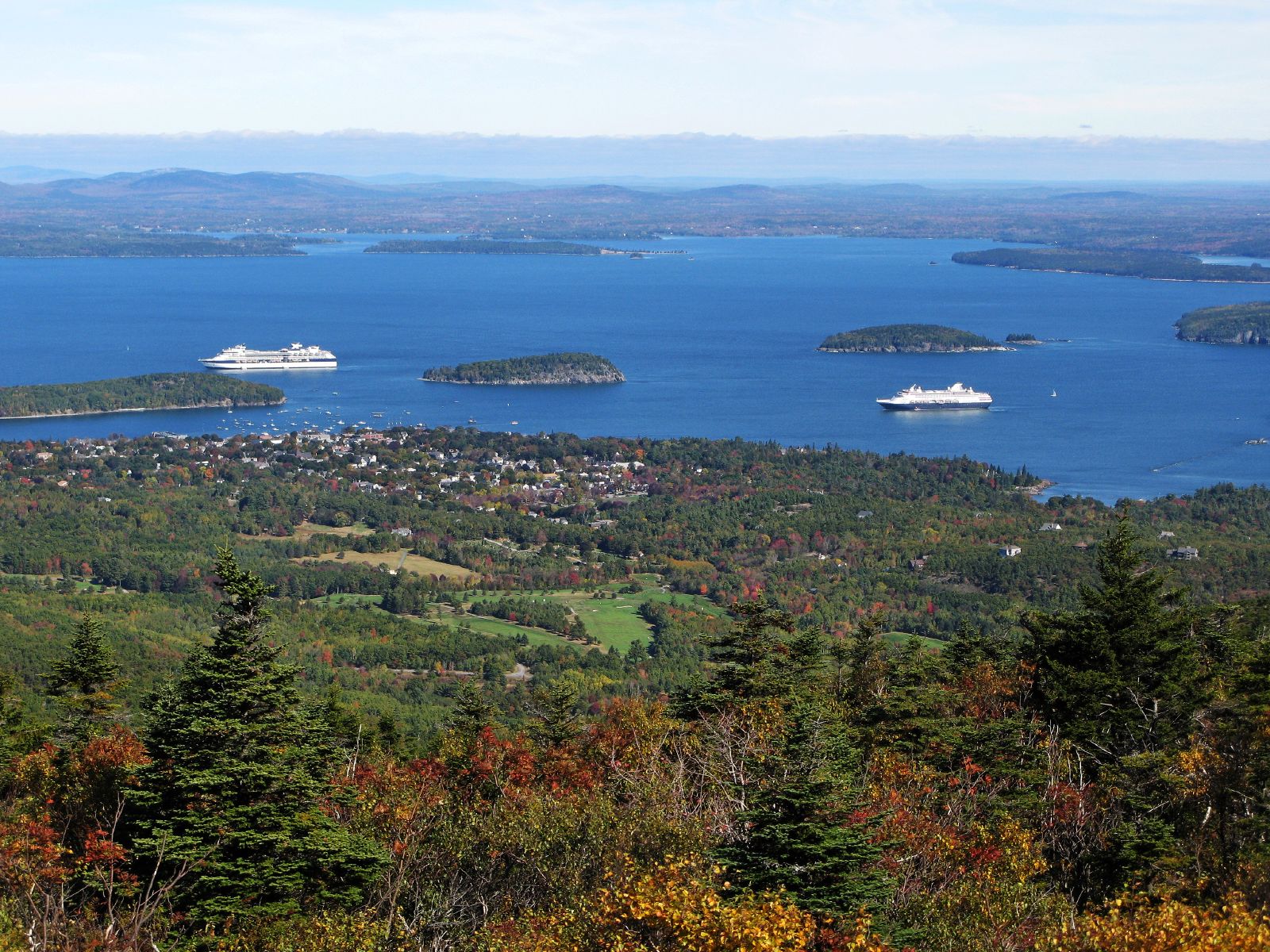 |
| Looking East toward Crane Beach from Long Island |
We left from Conomo Point in Essex as we typically do. The tide was low, but inbound. This rendered the beach, from where we often launch, far from any water - other than small creeks formed in the muddy bottom. We opted to try another launch point over the hill near Clammer's Beach that was closer to the water with more gravel than mud. The few parking spots there are designated for resident sticker parking, but one spot was available to temporarily park and offload the boats. Tim stayed with them while I drove my truck back to park beyond the "resident sticker only" parking sign on Conomo Point Road. I jogged the 1/4 mile back to the beach, and we were able to get on the water by about 10:00am. The morning breeze was off the ocean, and felt cool and refreshing as we paddled around the south side of Dilly Island, and angled toward deeper waters. We hit a shallow patch, and had to drag the 'yaks 30 feet or so, but found water deep enough for our paddles as we headed east along Dilly Island and into the deeper channel that clammers use for powering their outboards out to the clam flats. We saw 2 clammers raking hard, nearly knee deep in the mud wearing their rubber boots and with backs bent to drag clam rakes. A white, long legged wading bird, which I took to be some king of heron, and may have been, more specifically, a Great Egret, stalked through the shallows to our left eyeing minnows for breakfast.
Deeper water increased our paddling speed, and we rapidly left Dilly Island behind, proceeding to the back side (west side) of Crane Beach. At full low tide, which this was approximately, the deep water is confined to a channel running parallel to Crane Beach, which descends steeply into the water here, contrasted to the gradual grade decline on the ocean side. The currents can be strong in this channel, and a paddler should pay attention. A couple of power boats were carrying a few fishermen each, who were casting for stripers in the deeper water. We kept to the shallower side of the channel, and paddled among some pleasure boats that were anchored in what I guessed was about 10'-12' of depth. 2 guys in waders were hip deep in water closer to the nearby island, and looked like they were fly casting. Soon after we passed them, we made our way to the gravel beach next to the dock on Long Island - which runs adjacent to Choate Island. I have heard the dock was upgraded (around 1995) for delivering equipment and personnel used to film the movie The Crucible. Now, the islands (dock included) are the property of the the non-profit Trustees of Reservations, who's mission is to "care for more than 100 special places - nearly 25,000 acres - all around Massachusetts".
 |
| The dock at Long Island |
After a brief respite on the beach near the dock - to take some pictures and stretch our legs, we climbed back into the 'yaks and paddled across the channel again to the Crane Beach side - to check out the dock there, and saw another heron - this time a Great Blue Heron, stroking its huge wings along the shore in seemingly slow motion. The blue color of its wing feathers was striking. We crossed the channel one more time, and headed toward the west side of Choate Island. The tide was well inbound now, and the marsh creeks behind the island were deep enough to afford smooth paddling for the most part. I noticed a platform installed to encourage the nesting of Osprey. This one had a nest on it (the birds come back to the same nest location year after year, but a nest does not necessarily mean birds are currently using it). A few minutes later, I heard the telltale call of an an Osprey, and saw one land to roost in a tall pine tree on the hill near the west side of the island. I always enjoy seeing these raptors - it's a good sign of the overall health of the local environment; they survive on fish as their primary food source.
 |
| The hilltop on Choate Island |
By the time we got back to Conomo Point, the tide had risen sufficiently to land at the usual beach spot on the south side of the point - which made for a slightly shorter walk back to my truck. This paddle was everything a relaxed kayaking trip should be: fresh air, beautiful surroundings, and a nature show to cap it off.
I still think the town of Essex is missing an economic opportunity by not having easier kayaking access to Essex Bay, but maybe that's what keeps it so special. I, for one, will continue putting in the work to get in the water there, and to enjoy all that it has to offer.
- TB on the Water




